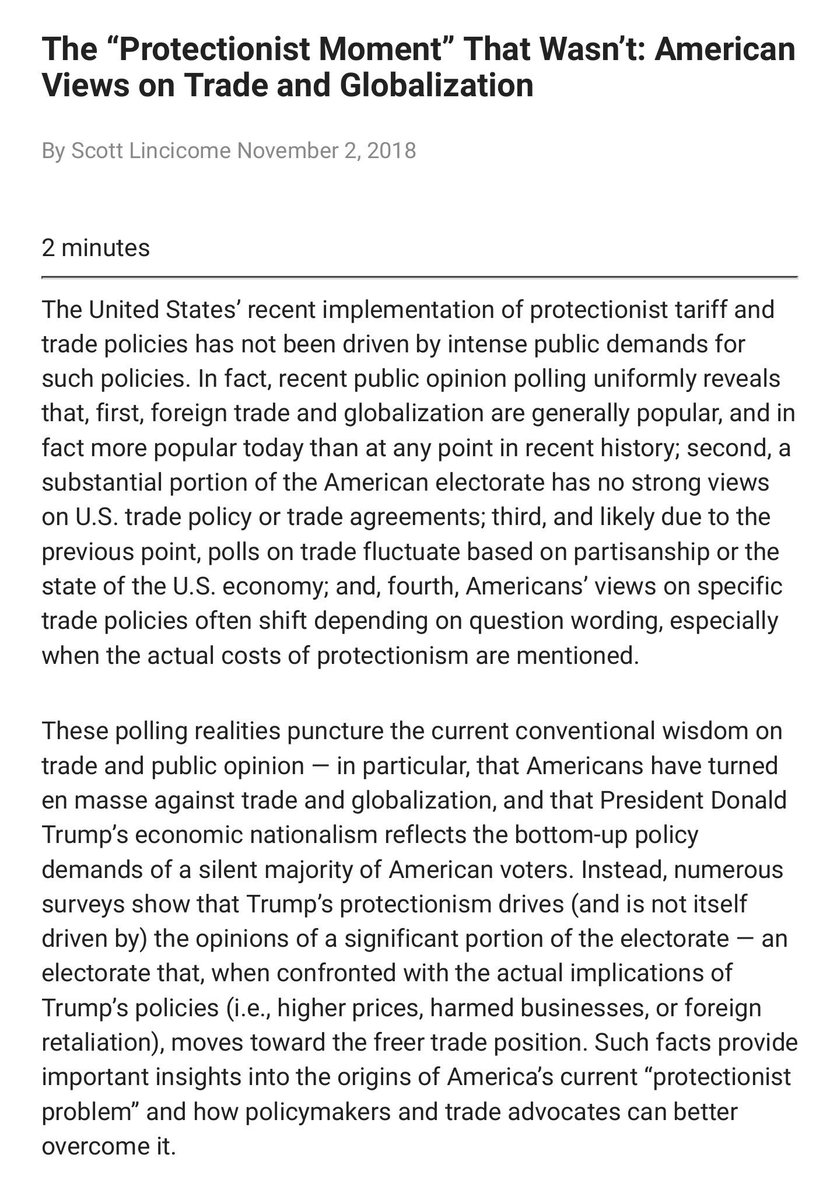Imagine something like the PBTA game which ships with sticker sheets that are literally expected to be slapped on your playbook over the course of the game.
Or, god forbid, combine the two and actually mark up cards.
But it probably shouldn’t be, so take it as a learning opportunity.
But learning opportunities abound.







